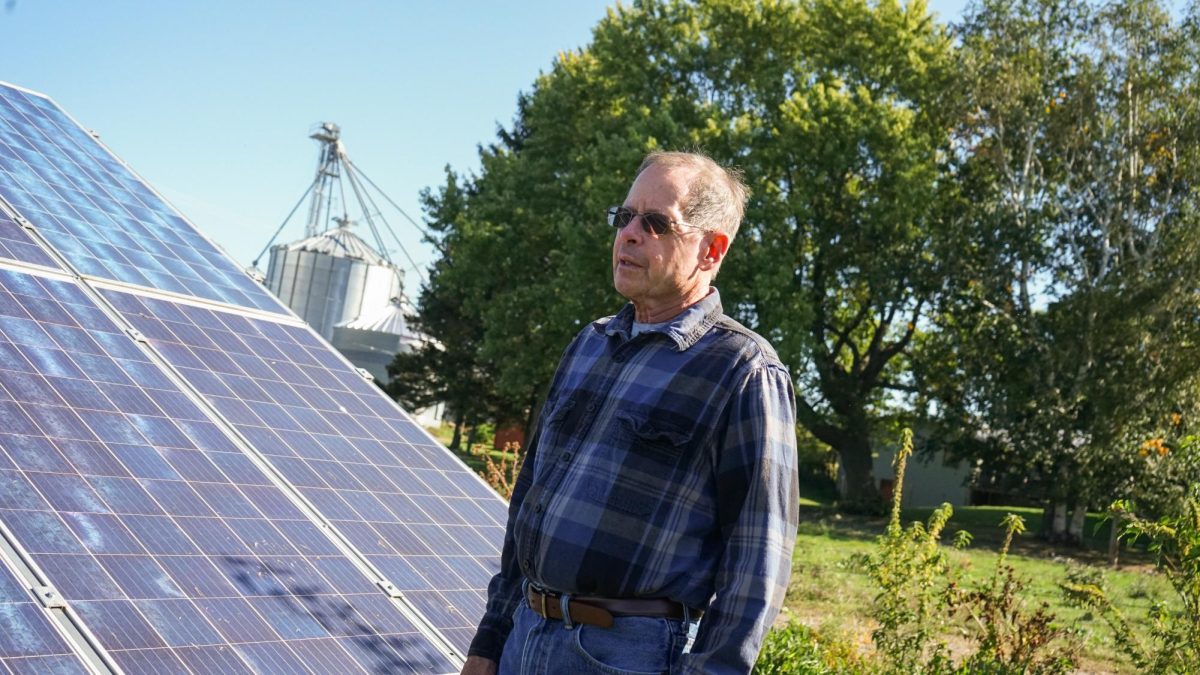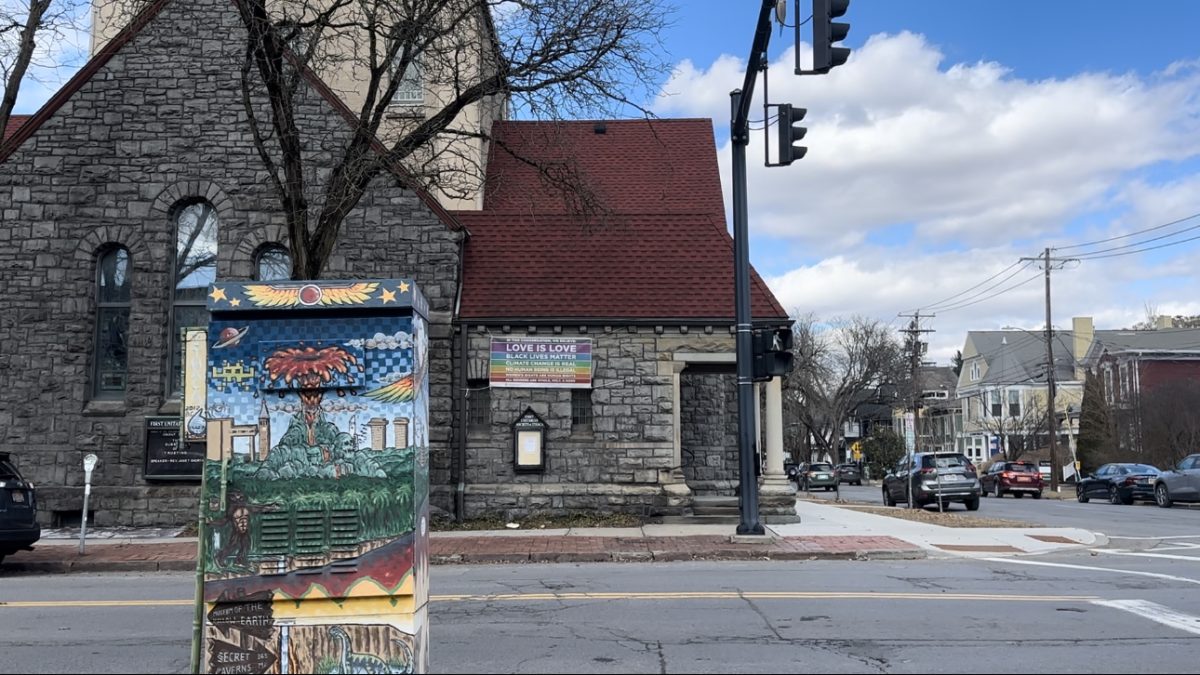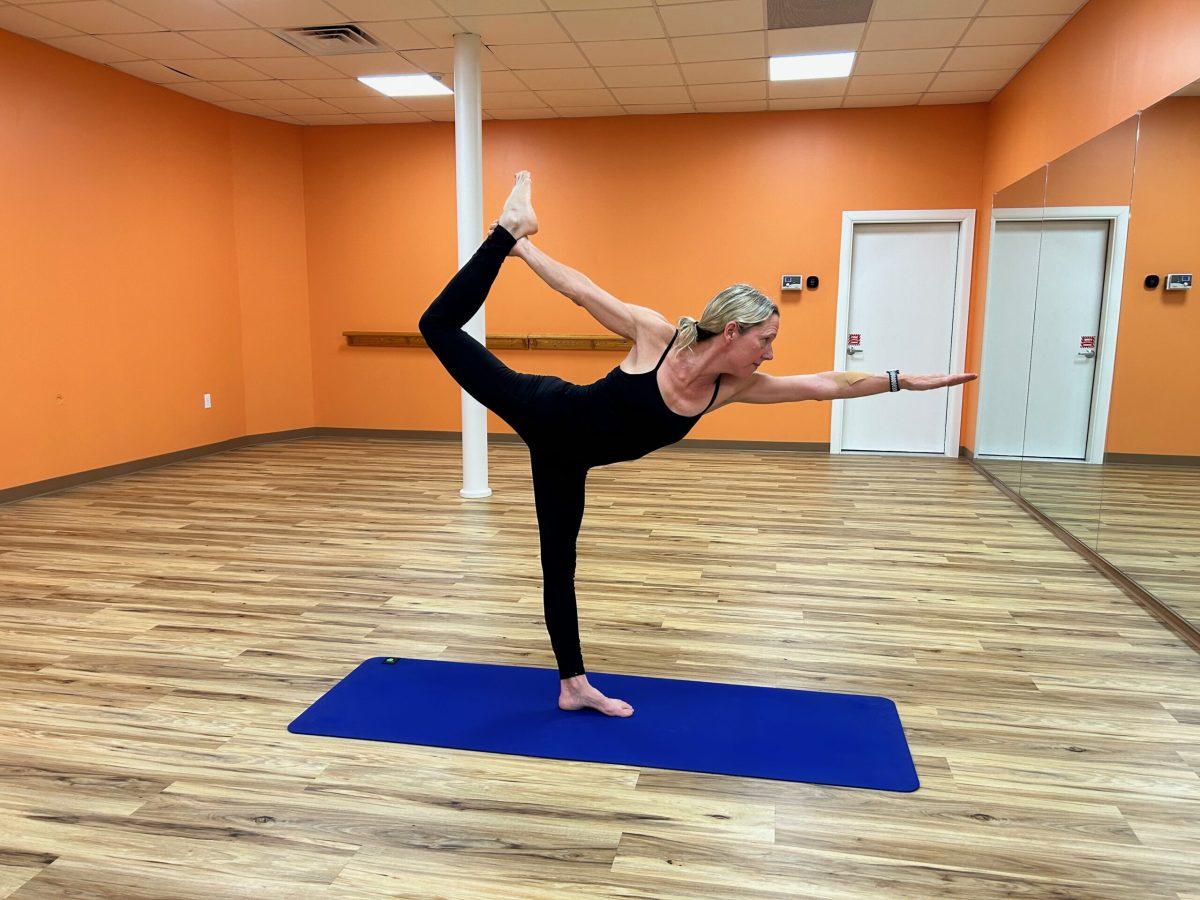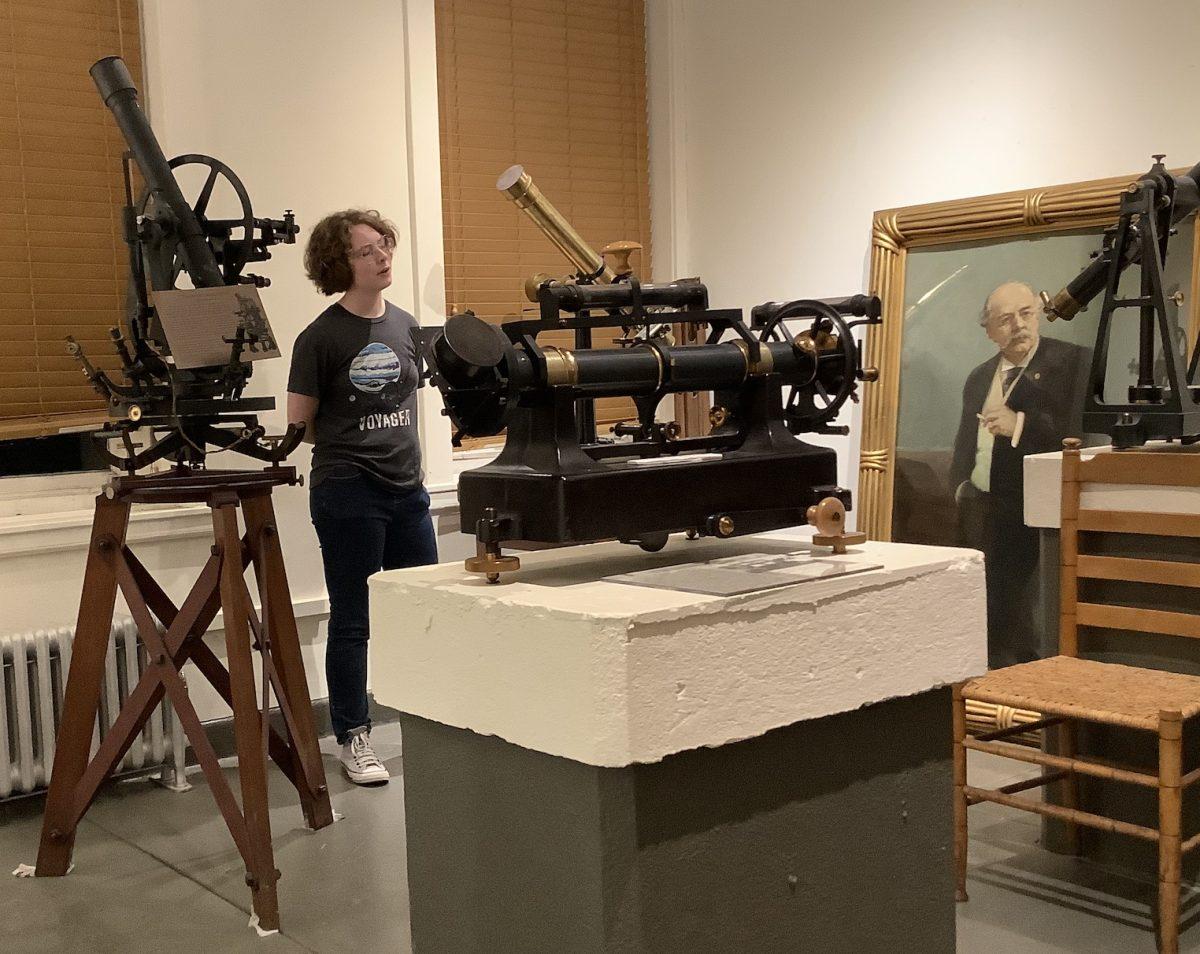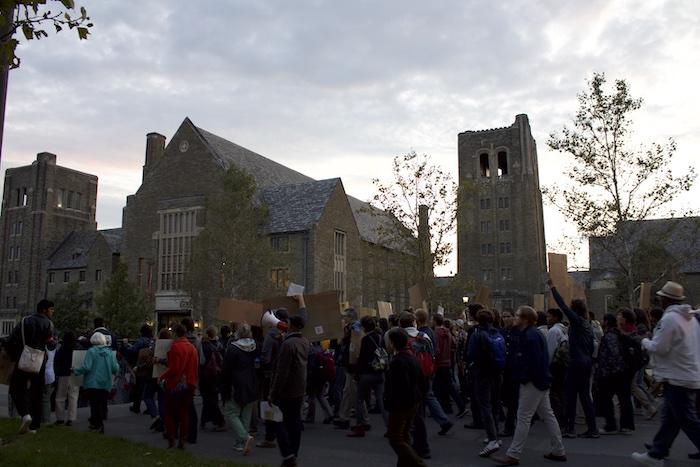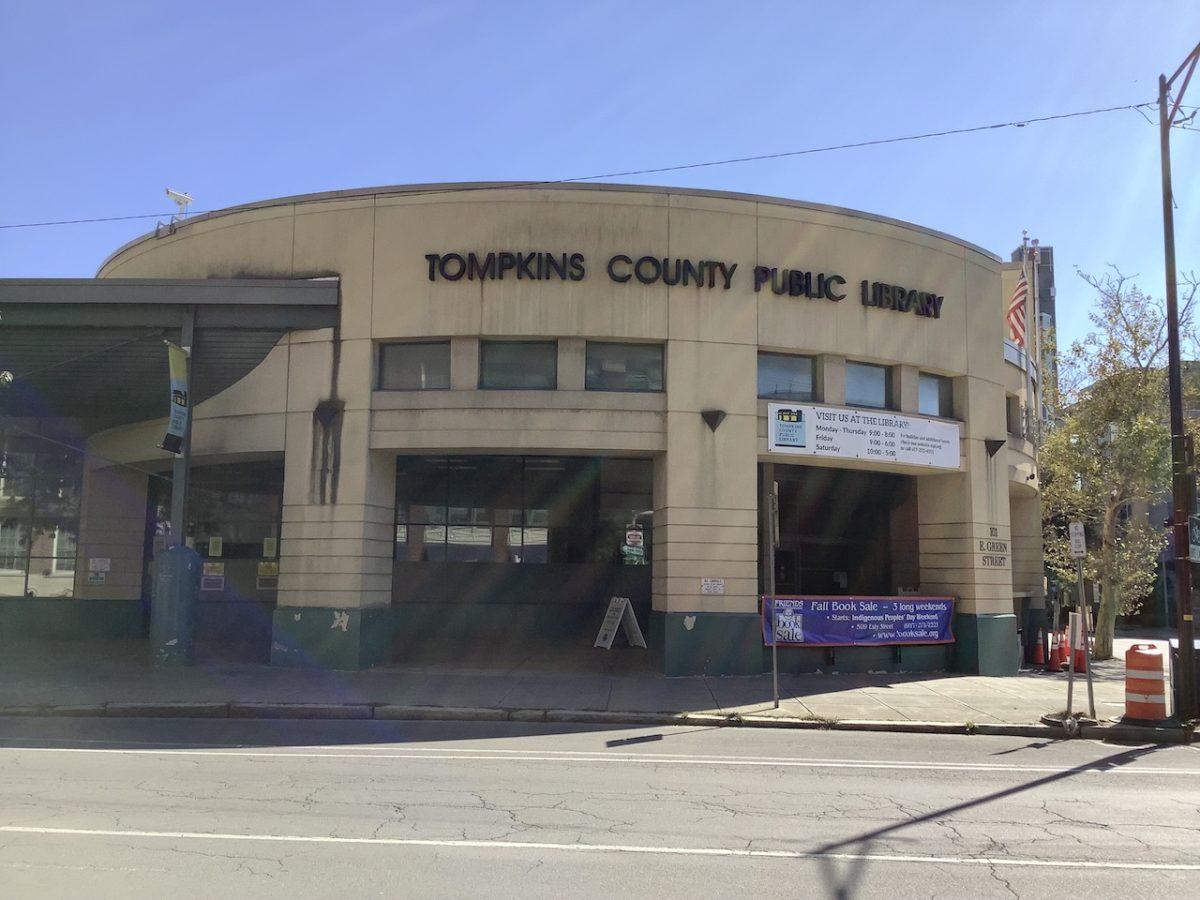If voters agree to a convention, delegates would be sent to Albany with the opportunity to alter the state government and constitution.
For Sean Hillson, a convention represents the chance for the younger generation to improve the state.
“We’re going to be the ones inheriting it and we don’t have to carry over everything from a bygone era just because it was,” Hillson said. “We can make changes.”
Hillson, a Cornell University graduate student, attended a constitutional convention debate at the Tompkins County Public Library September 25. Sponsored by the Tompkins County League of Women Voters, the event presented both sides of the issue and gave attendees the chance to ask questions.

For Ithaca Teachers Association President Adam Piasecki, who also attended the event, the dangers outweigh the possible benefits of a constitutional convention.
“It feels like a hope and wish scenario,” Piasecki said. “We all have hopes and wishes that those things would exist. But we kind of know just the realities of how politics are right now, that’s too much of a risk.”
Piasecki also said the cost of a convention should be taken into account.
“To think about the tax dollars, millions and millions of dollars going toward something that might result in nothing, like it did back in 1967, is obviously a concern there,” Piasecki said.
Dr. Henrik Dullea, Vice President emeritus of Cornell University, estimates the convention would cost about $50 million. Dullea argued in favor of the convention during the debate at the library. He noted that the price tag on the convention would be significantly lower than a year of operating the state assembly or senate.
Dullea also criticized the opposition for using “scare-tactics” to influence voters’ decisions.
Debating Dullea was New York State Assemblywoman Barbara Lifton. The central New York Democrat said she opposes the convention because she believes New Yorkers are better off continuing normal legislative operations.
“Holding a convention that puts at risk the many important protections in our constitution for public education, for labor, the environment, social services and much more would be a drain and a distraction as it would likely at best be split and accomplish little,” Lifton said.

The last constitutional convention was held in 1967, but it was called by the state legislature and New Yorkers eventually voted down the proposed changes. That means the last convention to actually be initiated by voters was in 1938.
The chances of New Yorkers deciding to hold a convention again for the first time in 80 years are slim. A Siena College Research poll released in early September showed that 45 percent of registered voters supported a convention, compared to 33 percent against.
The same poll, however, found that 58 percent of voters had not even heard about the vote yet.
Educating the public on the convention was the impetus behind the debate, according to Tompkins County League of Women Voters President Kay Sharp.
“I was surprised but delighted,” Sharp said in response to the packed room. “I think this was the next to the best turnout we’ve ever had for a program.”
Sharp said the League of Women Voters will continue to host events to discuss the convention leading up to November.
If voters decide to hold the convention, they will have to elect delegates in 2018.
Some #ConCon history: Last #nyconcon was in 1967. Voters have a chance every 20 years to hold a convention pic.twitter.com/Tt0DDuomB2
— Kyle A. Stewart (@KyleAlexStewart) September 25, 2017



